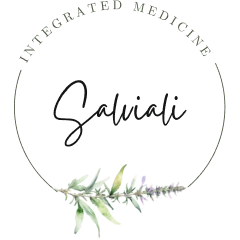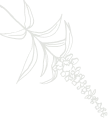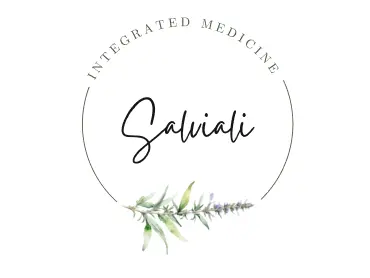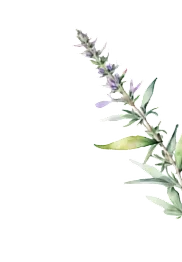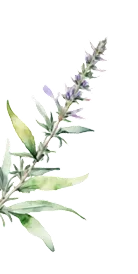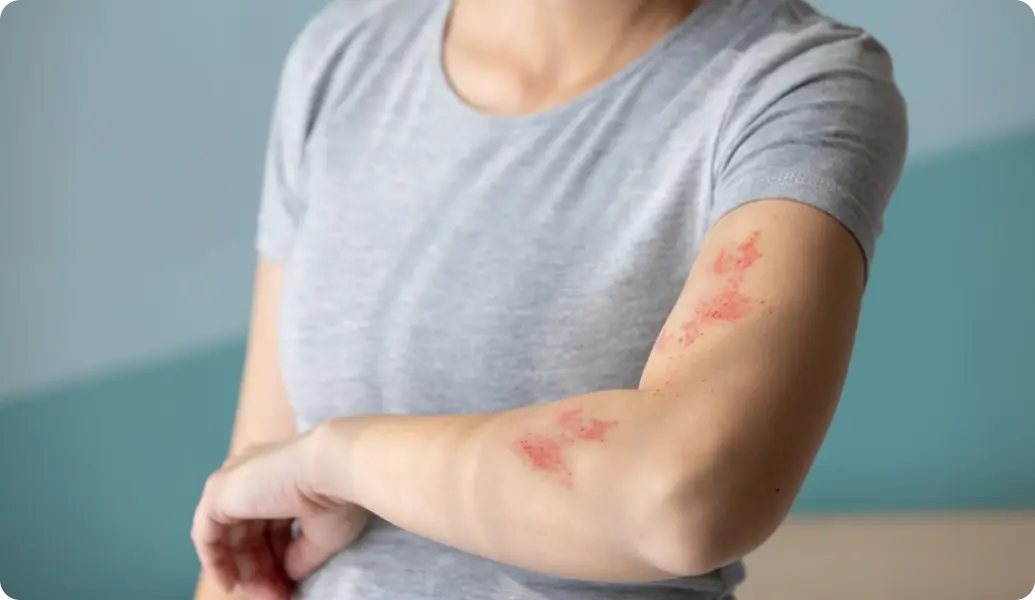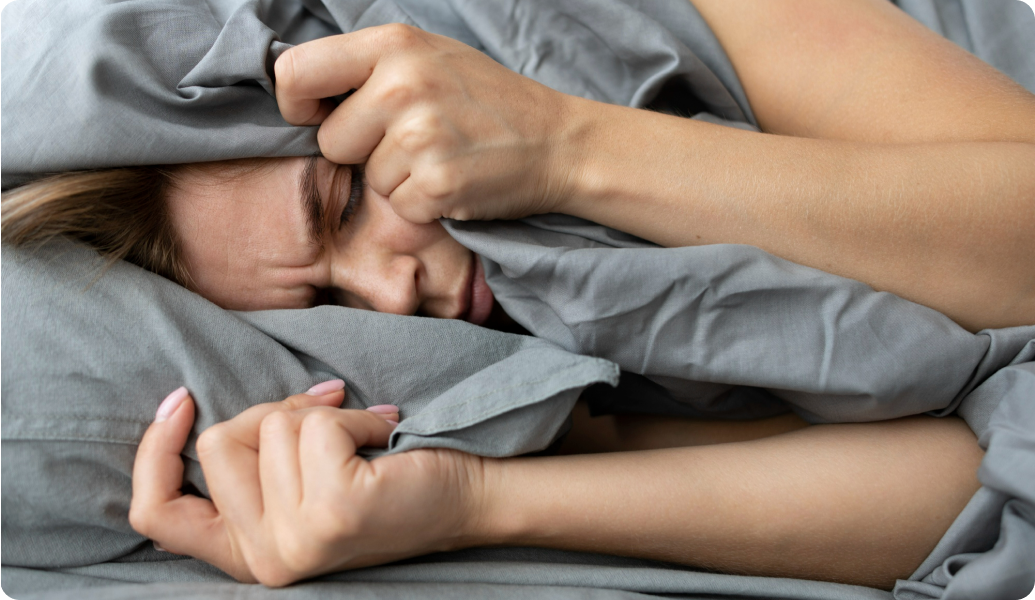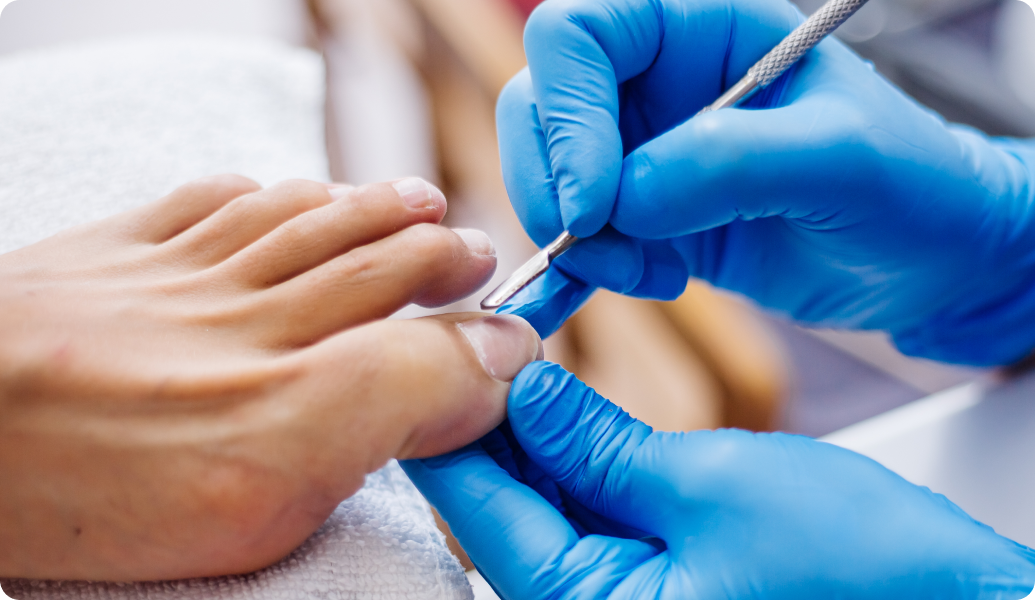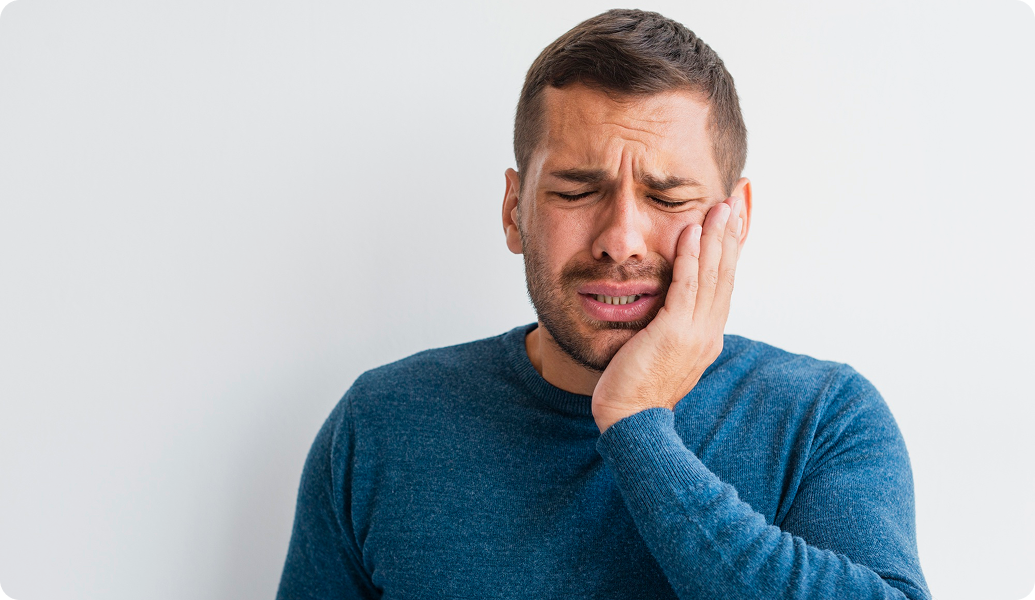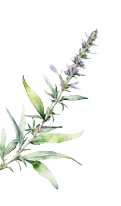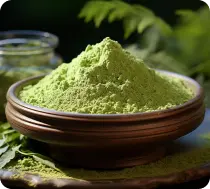
Only those who have experienced the agonizing pain of shingles can truly understand the suffering this condition causes. Individuals with recurrent herpes zoster infections, as well as those dealing with internal shingles, often worry about the potential impact on internal organs and the complications that can arise from lifelong post-herpetic neuralgia.
Fortunately, there are several simple yet highly effective home remedies that can help ease your discomfort and prevent the spread of the infection. These remedies are safe to use alongside your antiviral medication, as long as you maintain a one-hour gap between taking these natural remedies and your allopathic medication to avoid any potential interactions.
If you choose to treat your condition solely with alternative methods, it’s essential to consult an Ayurvedic consultant. They can guide you through the process and ensure you receive the appropriate herbal preparations tailored to your needs.
General Strategy in Shingles Treatment
Stage 1 : During the initial onset of the disease, it is crucial to adopt cooling and drying therapies for the rash. Avoid using any oils or moisturizers at this stage as they may exacerbate the condition.
Stage 2 : Once the rash stops spreading and begins to dry, the focus should shift to moisturizing, nourishing, healing and regenerating the skin to promote recovery.
Here are some general recipes that will significantly improve your condition and help ease your pain almost instantly. In many cases, these remedies can eliminate the need for pain relief medication altogether.
Stage 1 – Initial Onset
Dietary Adjustments
It is essential to avoid acidic, salty and spicy foods, which are, according to Ayurveda, known to be blood vitiators. These directly contribute to thespread of infection and inflammation, intensifying the pain. Additionally, you should refrain from consuming heavy-to-digest, oily and heavily processed foods for the next 3–4 weeks.
Foods to avoid
include most spices, tomatoes, yoghurt, cheese, desserts, cabbage, red meat, bananas, pineapple, unripe fruits, seafood, garlic, alcohol, vinegar, raw vegetables and alcohol.
Suitable foods
include cooked vegetables such as carrots, potatoes, asparagus, spinach, kale, butternut squash and coriander leaves. Cooked onions may be consumed in moderation after the first week. For protein, opt for chicken, boiled or poached eggs, and white, low-fat freshwater fish such as trout. Grains like rice, bulgur, barley and cooked oats are recommended, as well as pulses such as mung dal (peeled and split mung beans), chickpeas and masoor (red split lentils). Bread should be consumed in moderation and preferably be unleavened. Among fruits, dates, raisins, tender coconut water and watermelon (in moderation) are suitable. Ghee and butter should be used sparingly and spices limited to coriander powder, coriander leaves and saffron.
Avoid Heat Exposure
Avoid sun exposure, long hot showers and any kind of bath. Instead, take quick showers in warm water, at a temperature suitable for bathing an infant.
Purgation
Purgation is a necessary component of shingles treatment as it helps eliminate excess heat (pitta) and calms the rakta (blood), both of which are typically aggravated during a shingles outbreak. Many people naturally experience looser stools during this phase. To support bowel movements and aid detoxification, consider remedies such as liquorice tea, triphala and liquorice tea, water from overnight-soaked raisins or milk with ghee (with or without liquorice powder), though the latter is only recommended for those with strong digestion.
Cooling Herbal Infusion
A cold infusion made from equal parts of powdered sariva (Hemidesmus indicus), liquorice (Glycyrrhiza glabra) and coriander powder can be highly effective. Mix two teaspoons of this powder blend with 500 ml of cold water and let it infuse for at least three hours (or overnight for a stronger infusion). Drink one cup of this infusion three to four times a day.
Pain-Relieving Herbal Paste
To soothe the rash, mix liquorice and neem powders in a 1:1 or 2:1 ratio with a little cold water to form a thin paste. Apply this paste directly onto the rash. Its drying and cooling effects can provide almost instant relief. For internal shingles, apply the paste liberally to the painful area, even if there is no visible rash. A slight tingling or cooling sensation may occur initially, but the paste will gradually ease the pain. Leave it on permanently; it will naturally fall off as it dries. Reapply several times daily as needed.
Stage 2 – Once the Rash Has Stopped Spreading
Skin Applications
Once the rash begins to dry, topical applications can aid in skin healing. Ghee mixed with liquorice powder can be used directly on the skin. Another effective remedy is the milk skin that forms after boiling whole milk with liquorice powder. Let it cool naturally to form a skin, then applylukewarm (not warm) directly on the dry rash.
Mahatiktaka ghee, a classical Ayurvedic herbal bitter ghee, may be used both internally and externally. Internally, take one teaspoon of melted ghee first thing in the morning on an empty stomach, followed by sipping hot water. This should only be started after the rash has begun to dry. Externally, apply the ghee to the drying rash to accelerate healing, reduce inflammation and support nerve repair.
Anti-inflammatory Golden Milk
To prepare an anti-inflammatory, immunity-boosting golden milk, mix equal parts of turmeric, guduchi (Tinospora cordifolia), shatavari (Asparagus racemosa) and liquorice (Glycyrrhiza glabra). Use one teaspoon of this blend and add it to one cup of water and one cup of whole milk. Bring the mixture to a boil and simmer for five minutes. Drink one to two cups a day starting from the day the rash stops spreading (usually around the fifth to seventh day). This milk can be continued for several weeks to help repair nerve damage and support liver function. If desired, sweeten lightly with brown sugar.
Post-Herpetic Neuralgia
Several herbs and preparations can help repair nerve damage caused by a herpes zoster infection. While some treatments should be
personalised and monitored by an Ayurvedic practitioner, there are safe and effective home remedies available.
Liquorice Tea
Use half a teaspoon of liquorice powder with a mug of boiled water to make a tea. Drink it warm or lukewarm, two to three times a day (ideally first thing in the morning, at midday and before bedtime) for a couple of weeks. Avoid using deglycyrrhizinated liquorice, as it lacks the same therapeutic effect. If you suffer from high blood pressure, consult an Ayurvedic practitioner before using liquorice.
Golden Milk with Ashwagandha
Refer to the earlier golden milk recipe. For added support to the nervous system, you may include ashwagandha (Withania somnifera). If you are dairy-intolerant, the herbal mix can be taken with ghee or consumed as a powder blend with lukewarm liquorice tea.
Liquorice Ghee or Mahatiktaka Ghee
Take one to two teaspoons of melted ghee on an empty stomach in the morning, followed by a small amount of hot water. Wait at least 30 minutes to an hour before having breakfast. Continue this practice for 7–14 days followed by a one-week break before restarting. If you feel any digestive discomfort, this could indicate low digestive strength. In such cases, dietary adjustments may be needed. If the ghee is unpalatable, it can be mixed into your first meal of the day (e.g., porridge).
Rasayana
Rasayanas are ancient polyherbal Ayurvedic formulations designed for rejuvenation. They nourish the nervous system, support immunity and regenerate various organ systems. Speak to an Ayurvedic practitioner to determine the most suitable rasayana for your specific needs.
Final Considerations
This therapy may not be appropriate for individuals with complex health issues or specific allergies. In such cases, please consult your healthcare provider or Ayurvedic practitioner to customize the treatment to your individual condition.
While the treatments discussed above can alleviate pain and discomfort, if you are not under the care of a healthcare professional, it is important to seek guidance from an Ayurvedic practitioner. There are additional, more specific remedies available that can further support your healing and
long-term recovery.
